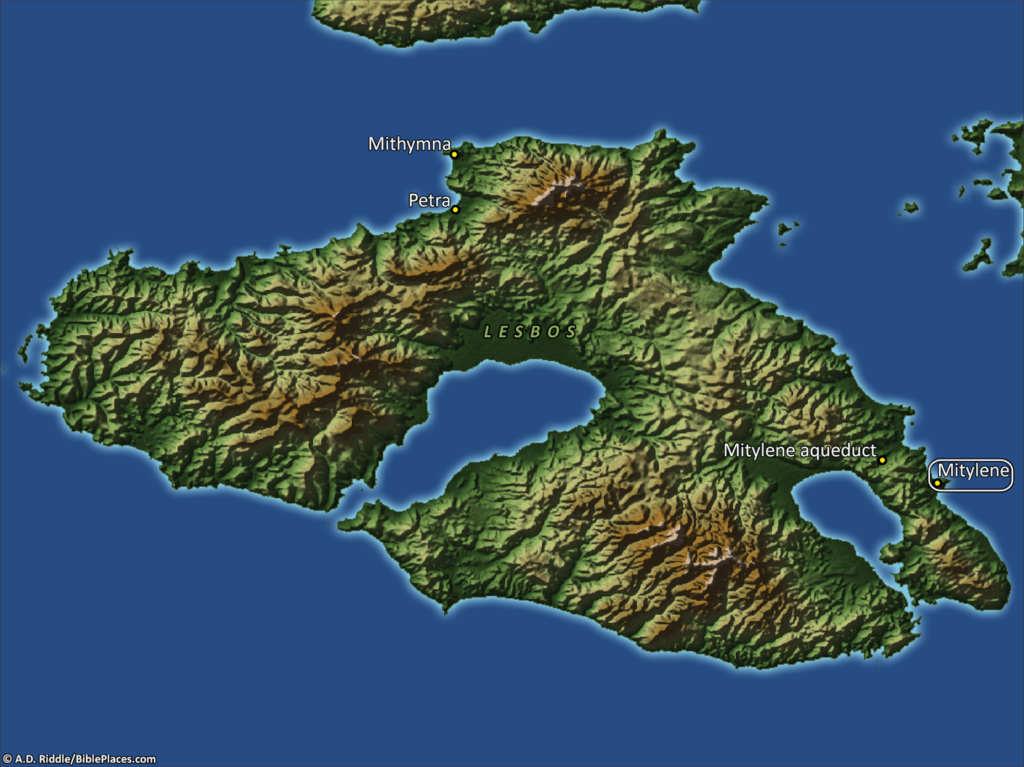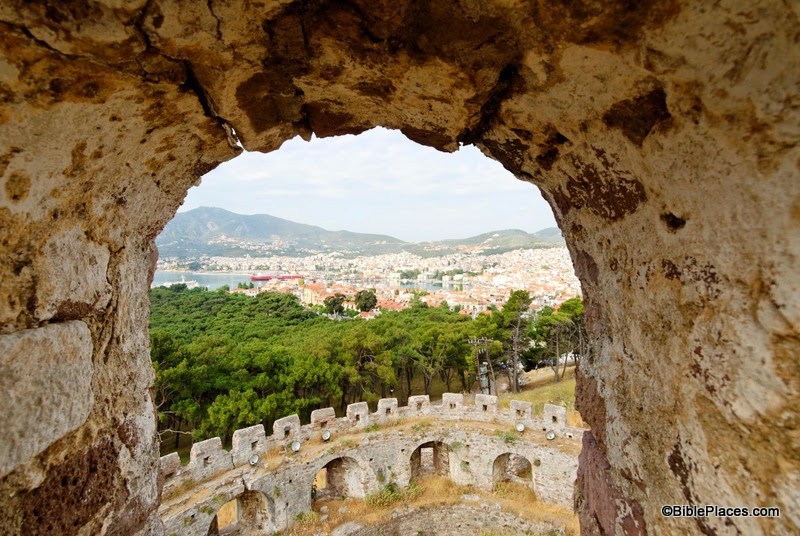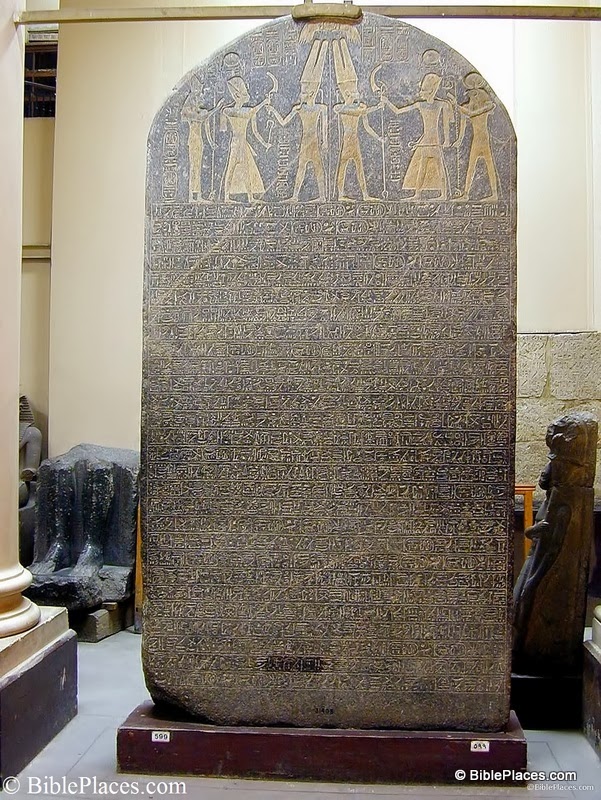The Tan Institute for Jewish Studies at Emory University is hosting a symposium to honor Professor Oded Borowski on Tuesday, February 4. Full details are here.
It appears that the conference proceedings will be published, and the first three chapters I plan to read are:
Christopher A. Rollston, Judean Foreign Policy in the Eighth Century BCE: Epigraphic Evidence for Political Engagement with the Great Empires
Andrew Vaughn, Should All of the LMLK Jars Still Be Attributed to Hezekiah? Yes!
K. Lawson Younger Jr., The Assyrian Impact on the Levant in Light of Recent Study
The website includes a full list of lectures along with a statement honoring Oded Borowski. His most popular books are well known to those who love ancient Israel:
Agriculture in Iron Age Israel (1987, 2009)
Every Living Thing: The Daily Use of Animals in Ancient Israel (1997)
Daily Life in Biblical Times (2003)
HT: LMLK Blogspot



